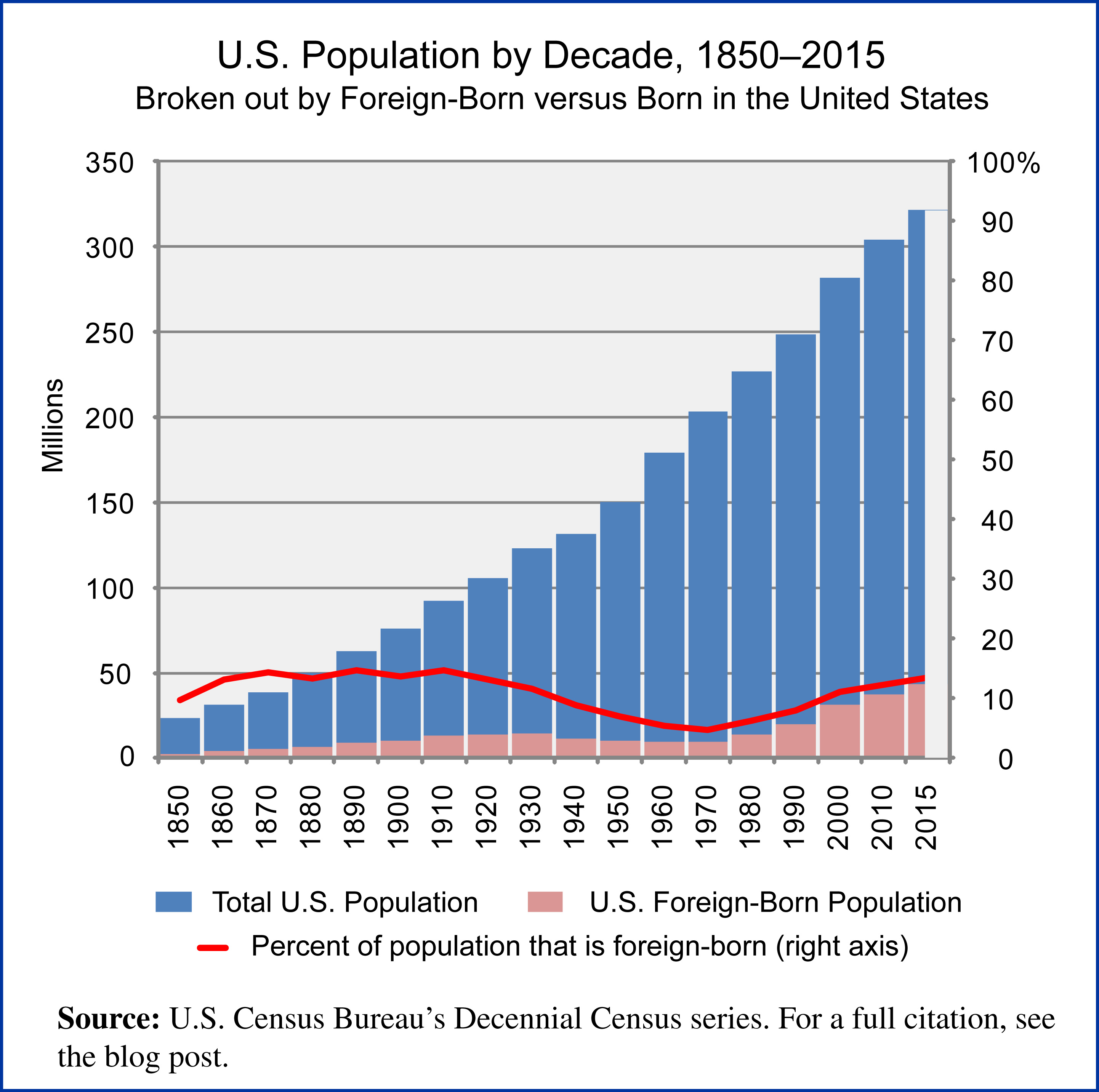
#Demographic changes professional#
Migration, of course, is not necessarily a bad thing: it opens up opportunities for studying and gaining professional experience abroad, learning new languages and getting acquainted with different cultures.

#Demographic changes driver#
Dissatisfaction with the quality of life is a main driver of young people’s interest in going abroad, according to the survey.Ĭountries need to create policies and take action to improve education and job prospects, expand quality public services and access to housing, restore people’s trust in public institutions and young people need to be encouraged to participate in public affairs. In Bosnia and Herzegovina, for example, one in two young people, or 47 per cent, say they are thinking about leaving the country temporarily or permanently, a recent UNFPA survey found.

Create societies where people want to live and plan their future inĪcross much of the region, outmigration results in brain drain, contributes to population decrease, exacerbates the ageing of societies, and affects fertility rates as many young people of reproductive age are starting families abroad. This requires progress on good governance, respect for human rights, and ensuring sustained and sustainable economic growth.Ģ. Governments can dismantle these barriers through expanding social and family policies, making workplaces more family-friendly, combating persistent gender inequalities in society, and more broadly creating environments allowing young people, in particular, to be confident in their country, their community and their economic prospects to plan their future and start a family. These include high costs (especially for care arrangements and education), difficulties in combining work and family responsibilities, and harmful gender norms expecting women to shoulder much of the care and housework burden. This gap between desired fertility and actual family size signals that there are significant barriers that prevent people from realizing their fertility intentions. Surveys show that people in the region generally would like to have two or more children, but often end up having one – or none at all. Ensure people can have the number of children they want UNFPA is offering support to countries in their efforts to tackle the effects of shifting demographics through a regional Demographic Resilience programme, and launched a Decade of Demographic Resilience at a Ministerial Conference in Sofia in December 2021 to galvanize action for enabling countries to thrive in a world of shifting demographics.Īs we approach the world population’s 8-billion mark, here are 8 things countries in this region can do to mitigate potentially negative effects for individuals, societies and economies, and prosper in a world of rapid demographic change:ġ. This has created a unique demographic environment in the region: a source of much fear and anxiety, on the one hand, but also, increasingly, an impetus for finding creative solutions to tackle the underlying causes and make the most of the opportunities that also come with demographic change. Many of the countries of Central and Eastern Europe, in particular, have seen their populations shrink over the past decades – a result of the combined effects of low fertility, high mortality (especially among men), and high levels of outmigration (primarily among younger people of reproductive age). In an increasing number of countries, population growth has stalled, or even turned into population decrease.

The high fertility levels that drive global population growth are concentrated in an ever-shrinking number of countries in fact, already 60 per cent of people worldwide live in countries with fertility rates at or below replacement level (2.1 children per woman on average). But as the world is preparing to hit this landmark, it is important to keep in mind that the global trend towards an ever-larger world population masks a remarkable diversity of demographic developments at regional and country level. Later this year, the world’s population is projected to reach 8 billion - another milestone in the rapid growth of the number of people on this planet. The unique demographic environment in the region is an impetus for finding creative solutions to tackle the underlying causes and make the most of the opportunities that also come with demographic change.


 0 kommentar(er)
0 kommentar(er)
